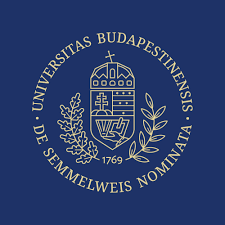![]() Budapest University of Technology and Economics (Hungary; BME)
Budapest University of Technology and Economics (Hungary; BME)
Medical Informatics Laboratory of the Department of Control Engineering and Information Technology
The Budapest University of Technology and Economics, founded in 1782, is the leading university of technology in Hungary and one of the oldest Technology Institutes in the world. More than 110 departments and institutes operate within the structure of eight faculties. About 1100 lecturers, 400 researchers and other degree holders, and numerous invited lecturers and practising expert specialists participate in education and research at BME. It has a significant concentration of engineering specialities, particularly a long focus on Biomedical Engineering.
The Medical Informatics Laboratory at the Department of Control Engineering and Information Technology is responsible for the education of a number of engineering and biomedical subjects, as well as actively participates in interdisciplinary research projects.
![]() Hochschule Furtwangen University (Germany; HFU)
Hochschule Furtwangen University (Germany; HFU)
Institute of Technical Medicine
Furtwangen University was founded in 1850 and is based in Baden-Württemberg, Germany, across 3 campuses. HFU’s focus is on business and applied sciences, with 9 faculties and the Institute for Applied Research. It is at the forefront in Germany in several niche areas, one of which is Computer Science and more recently Biomedical Engineering. The Institute for Applied Research, founded in 1987, includes 10 thematically focused research institutes. One of them is the Institute of Technical Medicine (ITeM), where research work is carried out in close cooperation with companies in the medical engineering sector, incl. medical device SMEs, and with clinical end-users and hospitals worldwide. Model-based Mechanical Ventilation is one of the research areas of ITeM, in cooperation with international research partners. The research strives for creating a system for medical decision support in mechanically ventilated patients, a detailed library of different physiological models. In recent years a group at ITeM specialized in EIT imaging and became worldwide renowned for their expertise in image reconstruction methods, clinical applications, ventilation and perfusion monitoring.
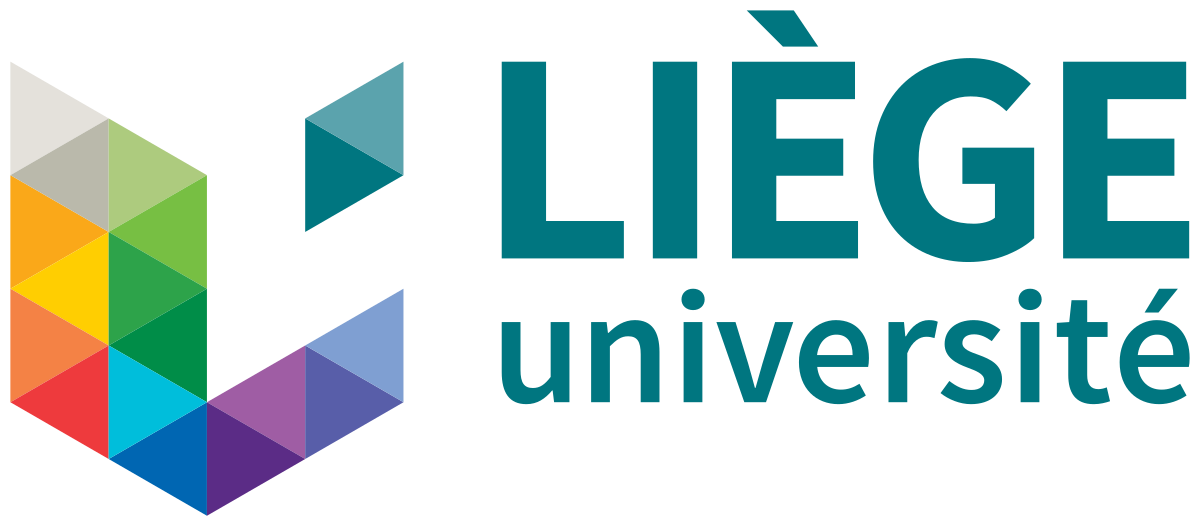 University of Liège (Belgium; ULG)
University of Liège (Belgium; ULG)
GIGA - In Silico Medicine
The University of Liege (ULG) was founded in 1817 and is located in Liege, Belgium in the Région Wallonne, and is the only complete public university in French-speaking Belgium. The University has 11 faculties, within which departments are responsible for teaching and research units for research activities.
GIGA - In Silico Medicine is University of Liège’s interdisciplinary research institute in the biomedical sciences, located at the University Hospital. GIGA counts more than 600 scientists - including medical doctors, pharmacists, veterinarians, psychologists, molecular and cellular biologists, chemists, physicists, mathematicians and engineers - focusing on the development of health solutions.
At GIGA, researchers model, simulate, visualize and implement for clinical use a range of biological, physiological and medical processes in a virtual environment in 4 laboratories: Biomechanics Research Unit; Neuroimaging, Data Acquisition and Processing; Critical Care Basic Sciences; and Model-based Therapeutics. GIGA scientists are organized in systems- (neuroscience, cancer, infection-inflammation-immunity, cardiovascular) and methods-defined (medical genomics, in silico medicine) thematic units. They have significant expertise and experience developing and translating models of human physiology to clinical practice in a range of intensive care unit (ICU) areas of practice. Their main research focus is on the application of modelling to solve difficult clinical problems, to improve care, outcomes and cost.
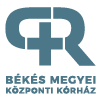 Békés County Central Hospital - Pándy Kálmán Member Hospital (Hungary; BMKK)
Békés County Central Hospital - Pándy Kálmán Member Hospital (Hungary; BMKK)
The Békés County Central Hospital is the 4th largest hospital in Hungary. Its Pándy Kálmán Member Hospital provides general medical services for the population of 100-150 000 people in Southern Hungary, covering a wide range of medical fields. The ICU has 15 beds and staff with significant research experience: the department has been involved in several research studies including the application of pilot trials of SPRINT and model-based glycemic control, and 2 Phase 2 and 1 Phase 3 clinical trials as part of multi-centre studies.
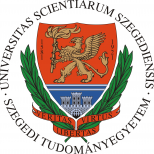 University of Szeged (Hungary; USZ)
University of Szeged (Hungary; USZ)
The University of Szeged is one of the largest research universities in Hungary with more than 25,000 students. The number of international students exceeds 4000 coming from 115 countries. The University of Szeged is a research university with 12 Faculties, covering 700 research areas at 19 Doctoral Schools.
The Faculty of Medicine operates a tertiary care university hospital called Albert Szent-Györgyi Health Centre. The Department of Anaesthesiology and Intensive Therapy employs more than 70 doctors, and almost 200 nurses and assistants, provides anaesthesiology service in 36 operating theatres, anaesthesia for several out of operating room procedures and 34 intensive care beds.
![]() Evopro Innovation LLc (Hungary; EVO)
Evopro Innovation LLc (Hungary; EVO)
Evopro Innovations LLC is part of the Evopro Holding Ltd., a highly successful professional services company in Central Europe in the field of industrial automation and information technology with 1100 engineers. Evopro provides complete technological solutions, planning, testing and commissioning services in the field of automation around the world. The company offers its services in mechanical and electrical design, automation solution development and delivery, the corresponding IT network configuration, embedded hardware design and software development.
Semmelweis University is a research-led medical school in Budapest, Hungary, founded in 1769. With six faculties and a doctoral school it covers all aspects of medical and health sciences. The university is also the largest provider of health care services in Hungary. Most of the departments cater for the most serious cases and patients requiring complex treatment.
 Kiskunhalasi Semmelweis Kórház a Szegedi Tudományegyetem Oktató Kórháza
Kiskunhalasi Semmelweis Kórház a Szegedi Tudományegyetem Oktató Kórháza
Kiskunhalasi Semmelweis Hospital offers the population of Kiskunhalas, Kiskőrös, Kecel and the surrounding settlements health-preserving, disease-preventive, diagnostic, surgical and nursing curative health services in the framework of regular care, occasional outpatient, one-day surgical and inpatient care.
Third-party participants:
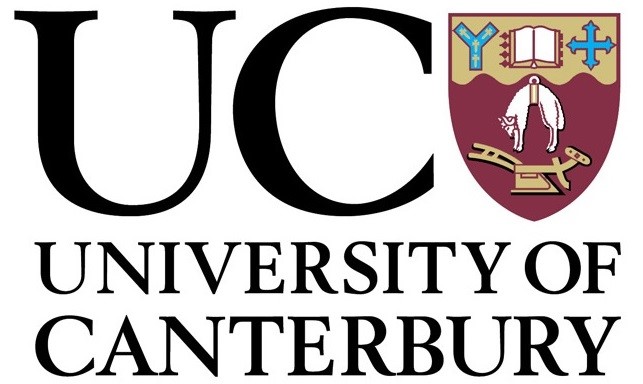 University of Canterbury (New Zealand; UOC)
University of Canterbury (New Zealand; UOC)
Centre for Bioengineering
The University of Canterbury (UOC) is New Zealand's second-oldest university, founded in 1873. It is a 5-star QS ranked, multidisciplinary research university with a full range of degree offerings, with more than 18,000 students, 14% of them coming from abroad.
UOC is a leading research institute in modelling for clinical translation in ICU medicine. The research group Control Systems and Modelling to Assist ICU Patients at the Centre for Bioengineering - within the Department of Mechanical Engineering at the College of Engineering - has been active in several research areas, among them modelling and system identifying a complex heart and circulation model for use in critical care for advanced diagnosis and therapy decision support. Research has been done also for mechanically ventilated patients and in glycemic control, where the latter has been a standard of care in multiple hospitals internationally and saves 30 lives and $1M per year in Christchurch, NZ alone.
![]() University of Auckland (New Zealand; UA)
University of Auckland (New Zealand; UA)
Auckland Bioengineering Institute
Tthe University of Auckland is a public research university in Auckland, New Zealand, ranking as the top academic institution in the country. The Auckland Bioengineering Institute is a world-leading research institute that aims to improve medical diagnosis and treatment of injury and disease, through the application of engineering sciences and technical innovation to medicine and human physiology. The key research fields include medical devices, biomimetics, augmented human technologies and computational physiology.
Read more about the scientific and research goals of DCPM in Project Introduction!

